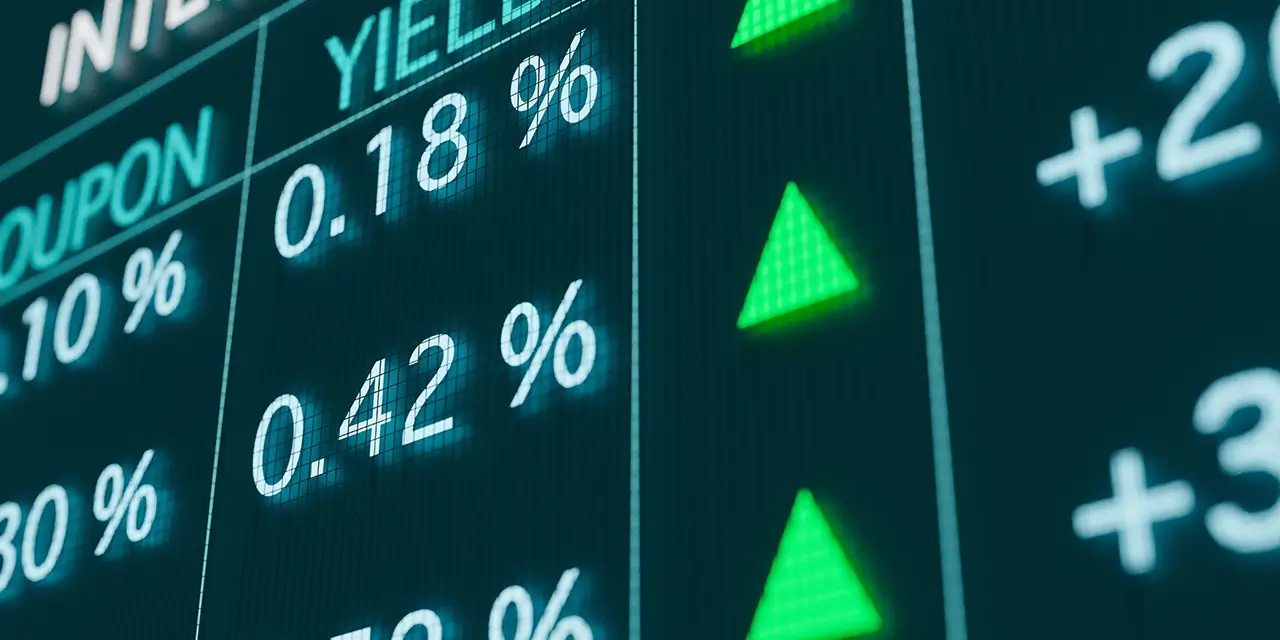By Harvest ETFs
Mark these words: market volatility can come from many directions. However, it should not be something that scares you. Indeed, there are many ways for investors to prepare for market volatility.
Investors were forced to contend with high inflation and rising interest rates that followed in 2022 and 2023. However, economies in the developed world appeared to have turned the corner. Inflation has abated in the United States, moving much closer to the target 2% set by the Federal Reserve. Of course, market volatility can pop up even in improving economic conditions.
U.S. manufacturing experienced a moderate contraction in the month of August 2024. There was an improvement in employment, but a decline in new orders and an increase in inventory. That suggests that factory activity could remain subdued in the near term. This revelation resulted in a sharp market sell-off in the beginning of September 2024.
Investors may feel nervous and ask if they should just sell and sit on the sidelines as soon as volatility strikes. Of course, it is not pleasant to see your portfolio endure wild swings. However, selling your assets and waiting on the sidelines may not be the best way to go when it comes to long-term investing.
Here’s some ways investors can better prepare for market volatility.
Diversify from the Start
Diversification is a widely used strategy to prepare for market volatility. Essentially, it’s when an investor owns various kinds of assets in their portfolio. In comparison, if an investor just holds one stock or just one kind of asset in their portfolio, they could be overexposed to a certain kind of risk.
Diversification is a strategy meant to offset volatility in portfolios. Since different assets react differently, a well diversified portfolio tends to see the least fluctuations.
The best part is that diversification can be achieved by the average investor, as well. For example, investors could buy exchange traded funds (ETFs). Many ETFs hold a diversified portfolio of stocks, and which could be something very difficult for an individual to achieve.
There are a lot of choices when it comes to ETFs as well. An investor could buy Canadian stocks ETFs, bank ETFs, utilities ETFs, and many more. But don’t just get limited to stock ETFs. There are ETFs for different asset types as well.
Keep Goals and Timeframes in Mind
Like it or not, market volatility is a pre-packaged deal with investing. So, while investors shouldn’t be surprised by volatility, they can find ways to prepare for it. It’s important to note that volatility could impact investors at different life stages differently.
In times of market volatility, investors must keep their goals in mind and know their timeframes. If an investor is saving for retirement and they have many years until they reach the age of retirement, a minor instance of market volatility shouldn’t be a big concern to them. Though, they could consider changing their portfolio allocations and move into assets that perform well given the economic environment.
However, if someone is planning to retire soon, and the market volatility is something that’s bothering them, they might have to make some portfolio adjustments, make sure their investing strategy works, and take other similar actions.
Don’t Get Fixated on Conventional Investment Instruments
Thanks to financial innovations over the years, investors can now add other non-conventional investment instruments to their portfolio to avoid market volatility.
Some examples of non-conventional investment instruments could be Canadian high dividend covered call ETFs or covered call Canadian banks ETFs. They are unique and could be beneficial for investors when the financial world is faced with volatility.
Essentially, these covered call ETFs hold a portfolio of stocks and write covered calls on their positions. This way, the ETF can generate higher than normal income from stocks, even when the stock market may not be doing too well. In addition, investors can generate income consistently and even deploy income to buy assets that are low. If an investor were to employ a covered call strategy on their own portfolio, it could be costly and laborious in nature.
Consider the Harvest Healthcare Leaders Income ETF (HHL:TSX). It’s an equally weighted portfolio of 20 large-cap global healthcare companies and the ETF employs a covered call strategy to provide monthly income to its investors. Here, investors get consistent income and a well diversified portfolio of healthcare stocks.
Don’t Time the Market
When the financial world is riddled with volatility, oftentimes investors may have this idea that they can time the market. This could be detrimental. Bottoms and tops are impossible to predict.
Peter Lynch, a legendary investor said it best: “I can’t recall ever once having seen the name of a market timer on Forbes’ annual list of the richest people in the world. If it were truly possible to predict corrections, you’d think somebody would have made billions by doing it.”
For perspective, take a look at what happened to the stock market between 2007 and 2009. The major stock indices formed a top in mid-2007, and then there was a lot of selling in the later part of 2008 as the financial crisis got bigger. But the bottom didn’t fall into place until March of 2009.
The financial world experienced another significant shock in 2020. At that time, no one could have predicted that the financial system would take the turn that it did. Investors across the globe panicked, believing that the COVID-19 pandemic would make things worse. However, the stock market decline was short lived. One of the greatest market rallies in recent history followed.
Had investors tried to time the market, they could be on the very wrong side of the trade and end up doing more damage to their portfolios than good. Consistently investing and management of the portfolio could provide security against market volatility versus trying to predict what could be next.
Spend Time in the Market
Investors very often talk about this basic principle of investing: buy low and sell high.
Here’s the issue: When asset prices are low, investors are hesitant to buy. It is, after all, nerve wracking to make purchases in a choppy market.
It’s important to know that when there’s market volatility, you tend to have the most mispriced assets. In fact, it wouldn’t be wrong saying that volatility could be a blessing in disguise for those who are investing for the long-term.
Dollar-cost averaging could help in times of market volatility. The idea behind dollar-cost averaging is very simple: an investor buys a fixed amount in regular intervals. This way, in case the asset goes down in value, with dollar-cost averaging, they can reduce the cost of purchase and, ultimately, the impact of any market volatility overtime.
Disclaimer
Commissions, management fees and expenses all may be associated with investing in Harvest Exchange Traded Funds (managed by Harvest Portfolios Group Inc.). Please read the relevant prospectus before investing. The funds are not guaranteed, their values change frequently, and past performance may not be repeated. The content of this article is to inform and educate and therefore should not be taken as investment, tax, or financial advice.












